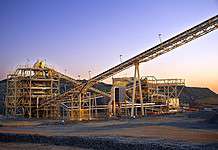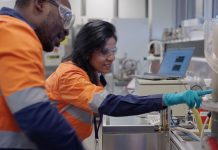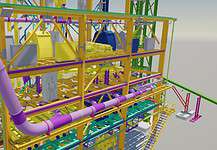IN one of the world’s first deep sea mining (DSM) projects, a British joint venture aims to begin mining for polymetallic mineral-rich nodules across a 58,000 square kilometre sea bed in the Pacific Ocean, 1500km southwest of Mexico.
With the resources industry reporting falling supplies of easily accessible minerals within land-areas the of earth’s crust, companies are gradually turning their attention to the mineral supply potential in virgin territory beneath the ocean floor.
UK Seabed Resources – a wholly owned subsidiary of global aerospace, defence, security and advanced technology company Lockheed Martin – and joint venture partner the Department for Business Innovation and Skills hope to capitalise on these concentrations of valuable minerals, which are layered around a central core.
The area was identified as ‘mineral rich’ some 40 years ago during the Cold War, when Lockheed Martin began a search for a sunken, nuclear missile-laden Soviet submarine, under the guise that it was collecting polymetallic nodules from the ocean floor.
From ruse to reality, the company is now legitimately involved with procuring these nodules from the region, aiming to begin the project in five to six years.
Lying about 4km below the ocean surface, these nodules reportedly range in size from a golf ball to a large potato, and contain up to 10 times the amount of metal found in their land-based counterparts; polymetallic nodules collectively hold millions of tonnes of copper, nickel, cobalt and manganese, as well as rare earth minerals.
Despite ongoing concern regarding the damage DSM may inflict on marine ecosystems, the push for this project continues to go ahead; reportedly because of the potential to find new rare earth mineral sources.
Rare earth minerals provide the functional basis of many of today’s most advanced technologies, including the aerospace, communication and alternative energy industries.
While nickel summates only about 1 per cent of the nodules, its presence is also expected to be particularly lucrative, as the element is central in many basic applications, from stainless-steel to rechargeable batteries to electric guitar strings and glass tinting.
If the venture goes ahead, it would be worth up to £40 billion to the UK economy over the next 30 years.






















